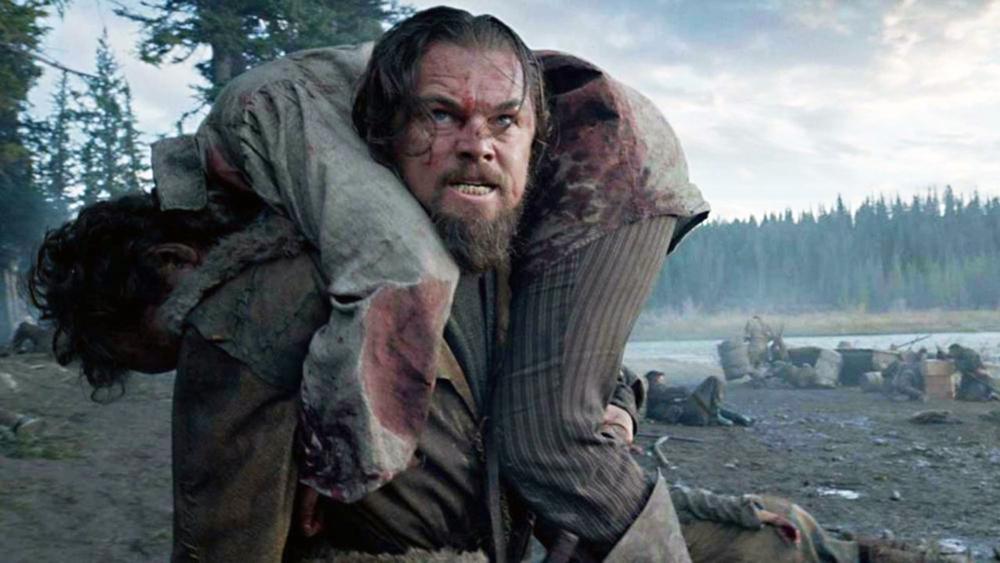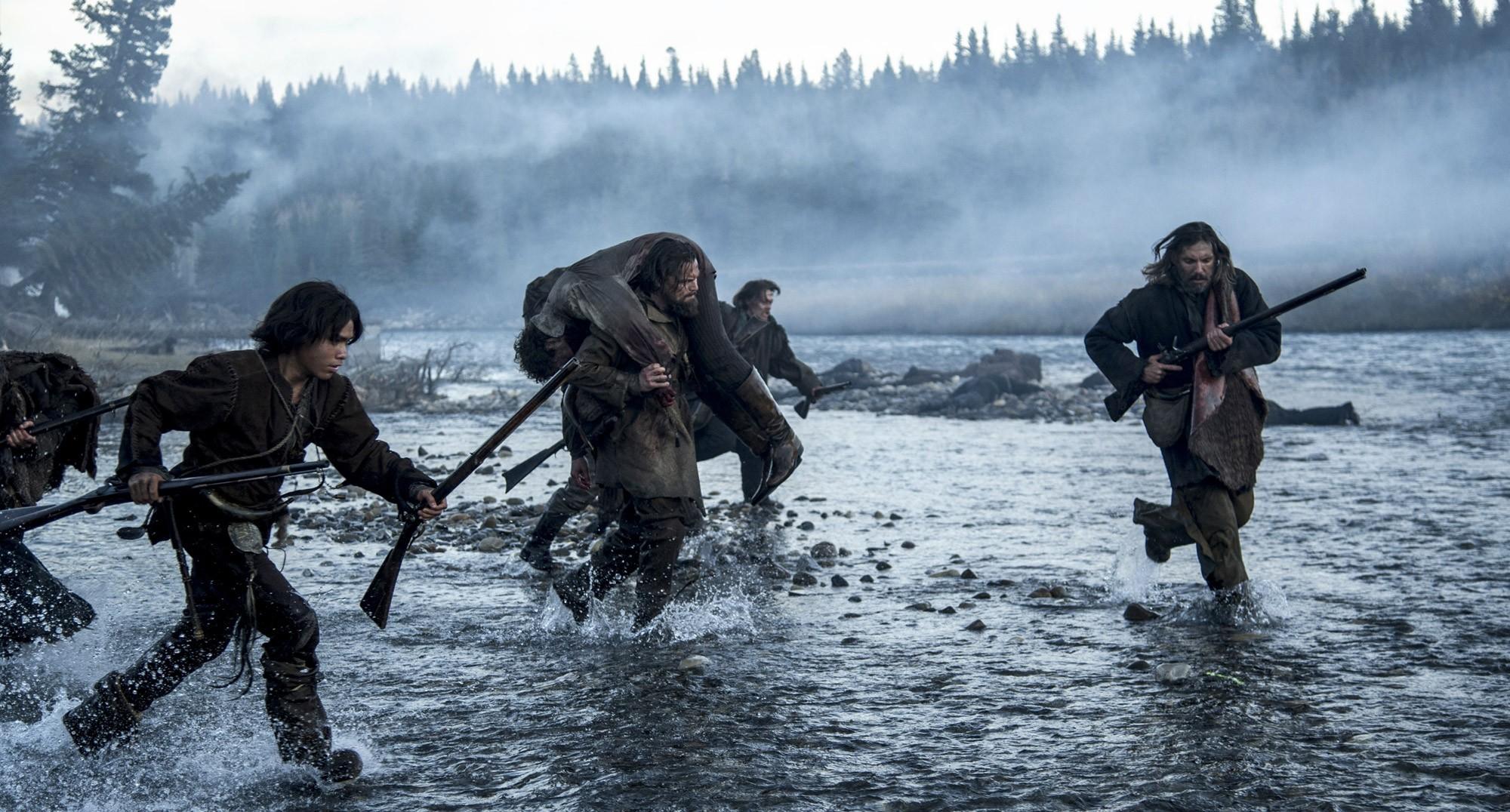In the realm of contemporary cinema, few films have captured the visceral intensity of survival and vengeance as starkly as Alejandro González Iñárritu‘s “The Revenant.” Lauded for its breathtaking cinematography and Leonardo DiCaprio‘s Oscar-winning performance, the film presents a raw depiction of the relentless struggle between man and nature. However, beneath its visually stunning surface lies a reliance on unrelenting brutality to drive its narrative impact. This article seeks to explore the extent to which ”The Revenant“ depends on its graphic depictions of violence and suffering to convey its themes, questioning whether this approach enriches the storytelling or detracts from its deeper emotional resonance. Through an analytical lens, we will examine the film’s use of brutality as a narrative device, considering its effectiveness and implications for the audience’s engagement with the story.
Examining the Role of Violence in The Revenants Narrative
In Alejandro González Iñárritu’s The Revenant, violence serves as a double-edged sword, cutting through the narrative with both visceral authenticity and potential overindulgence. While the film’s brutality effectively immerses viewers in the harsh realities of the 19th-century American frontier, it raises questions about whether this reliance on graphic depictions overshadows the film’s thematic depth. The story of Hugh Glass, portrayed by Leonardo DiCaprio, is one of survival and vengeance, where the omnipresent violence underscores the savage beauty and unforgiving nature of the wilderness. Yet, the repeated use of violent encounters can sometimes eclipse the subtler emotional and psychological undercurrents that could have been more deeply explored.
- Authenticity vs. Overindulgence: The film’s graphic scenes are grounded in historical authenticity, reflecting the brutal realities of the era. However, the frequency and intensity of these scenes might lead some to question if they serve a narrative purpose or simply aim for shock value.
- Character Development: While violence propels the plot and defines character arcs, it risks reducing complex characters to mere survivors of brutality, potentially limiting their development and the audience’s emotional engagement.
Understanding the Emotional Effects of Graphic Imagery on Audiences
While the visual storytelling in “The Revenant” is undeniably powerful, it often hinges on graphic imagery to convey emotional depth. The relentless brutality depicted in the film serves as a stark representation of survival and resilience. However, this reliance on intense visuals raises questions about its impact on audiences. Graphic imagery can trigger strong emotional reactions, which, while engaging, may overshadow more subtle narrative elements. The continuous barrage of violent scenes can lead to desensitization, making it challenging for viewers to process and appreciate the film’s underlying themes.
- Emotional Overload: Excessive brutality can overwhelm audiences, limiting their ability to connect with the characters on a deeper level.
- Narrative Distraction: The focus on graphic scenes may detract from character development and plot progression.
- Desensitization: Repeated exposure to violence can numb viewers, reducing the intended emotional impact.
while “The Revenant” uses brutality as a tool to depict the harshness of its setting, the overemphasis on graphic content may ultimately dilute its emotional resonance. Balancing visual intensity with nuanced storytelling could enhance the audience’s connection to the film’s core message.

Balancing Brutality and Storytelling for a More Nuanced Experience
In “The Revenant,” the visceral depiction of violence is undeniably a central component of the film’s identity. However, the reliance on brutality often overshadows the narrative depth, potentially alienating viewers seeking a more nuanced storytelling experience. The challenge lies in balancing the raw intensity of survival with the emotional and psychological journey of the characters. By focusing heavily on relentless aggression, the film risks reducing its characters to mere vessels for suffering rather than fully realized individuals with complex motivations and emotional arcs.
- Character Development: Instead of delving into the intricate layers of Hugh Glass’s persona, the film frequently defaults to showcasing his physical endurance.
- Plot Progression: The narrative momentum often stalls as scenes of brutality take precedence over meaningful interactions and character evolution.
- Emotional Resonance: While the visual impact is undeniable, the emotional connections that could enrich the storyline are sometimes sacrificed for shock value.
Ultimately, a more balanced approach could elevate the film, transforming its visceral elements into powerful tools that enhance rather than overshadow the storytelling. This balance could allow viewers to connect more deeply with the characters’ journeys, providing a richer and more immersive cinematic experience.

Recommendations for Enhancing Emotional Depth Beyond Physical Conflict
To transcend the reliance on sheer brutality and foster emotional depth, filmmakers might explore character-driven storytelling. By delving into the intricate psychological landscapes of their characters, directors can evoke a more profound emotional response from the audience. This can be achieved through:
- Complex Character Arcs: Develop multi-dimensional characters whose motivations and internal conflicts drive the narrative. This adds layers to the storyline, allowing viewers to connect with the characters on a deeper level.
- Interpersonal Relationships: Highlight the dynamics between characters, focusing on relationships that evolve and challenge each individual. These interactions can reveal vulnerabilities and foster empathy.
- Symbolic Elements: Incorporate symbolic imagery or motifs that resonate emotionally, providing a visual metaphor for the characters’ inner journeys.
Additionally, embracing narrative diversity can enrich the emotional texture of a film. By weaving in elements such as:
- Subtle Emotional Cues: Utilize nuanced performances and subtle facial expressions to convey emotions that words or actions might not fully capture.
- Non-linear Storytelling: Experiment with time and perspective to reveal character backstories gradually, allowing audiences to piece together emotional truths over time.
- Reflective Moments: Integrate quiet, contemplative scenes that offer characters and viewers a chance to process the emotional weight of the narrative.
Through these approaches, filmmakers can craft a cinematic experience that resonates beyond the visceral impact of physical conflict, offering a richer, more nuanced emotional journey.
